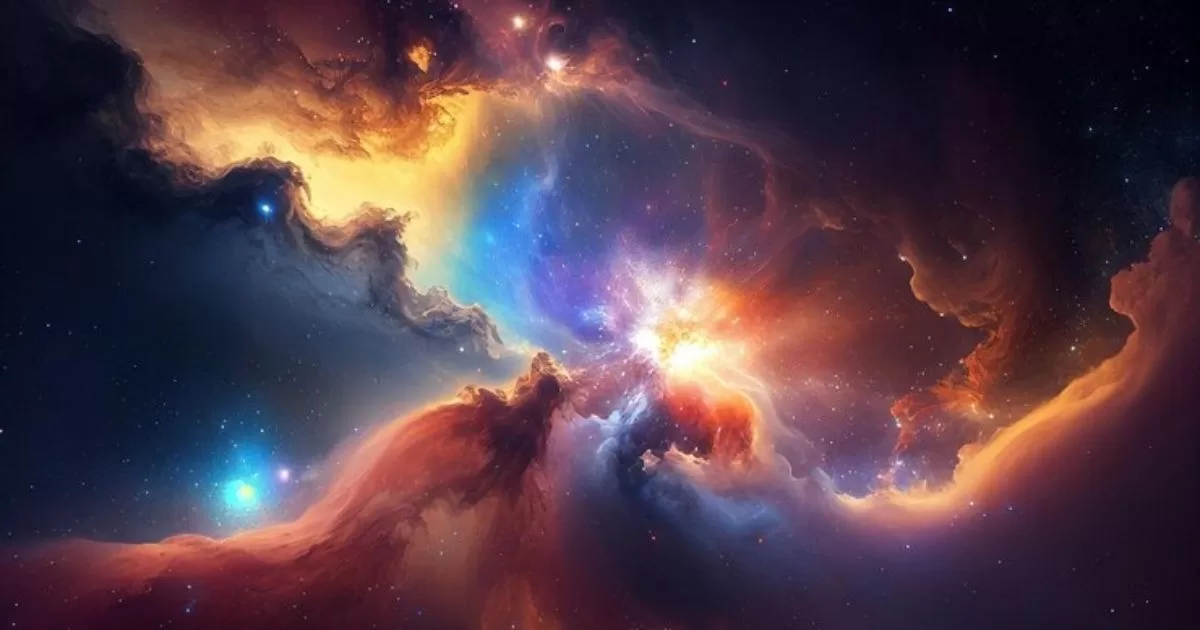MIAMI.- Los astronomers were able to observe images of the fragments of the supernova Cassiopeia A, which emerged after the explosion of a estrella It occurred at least 340 years ago, located 11,000 light years from the Solar System, so science is advancing to learn more about this sidereal event.
These fragments of the Cassiopeia A supernova, that is, the residue of the explosion of a large star, shine in a new image in the Telescope NASA’s James Webb Space Station, the most advanced in the world. That instrument is built and operated by the European Space Agency, the Canadian Space Agency and the National Aeronautics and Space Administration, NASA (for its acronym in English).
Novas and supernovas are stars that explode, releasing part of their material into space. For a variable period of time, their brightness increases dramatically and they provide materials to the Universe that will be used to form new stars.
Some stars behave as if it were better to burn out than fade away. These end their evolution with a massive cosmic explosion known as a supernova. These explosions produce much of the material in the universe, including elements like iron, according to National Geographic
The star that exploded 340 years ago
The star from which Cassiopeia emerged exploded at least 340 years ago, in Earth time. This is one of the most recent supernova records that science has and to which it has dedicated extensive study.
According to experts operating the sophisticated Telescope, these high-resolution images reveal intricate details of the expanding layer of material colliding with gas released by the star before exploding.
Located 11,000 light years from the Solar System, Cassiopeia A is one of the best-known and most studied objects in the galaxy. Records from the late 17th century indicate that it was discovered by several astronomers, but the supernova remnant itself was not officially recorded until quite some time later, in 1948.
However, it has fascinated astronomers ever since, offering a rare opportunity to study the evolution of an exploding star as its remains expand into space at supersonic speeds.
Over the years, ground-based and space-based observatories have compiled a multi-wavelength image of the object’s remnant.
There are slimy bright orange and pink curls; that’s the inner layer of the explosion: clumps of gas and dust containing elements like sulfur, oxygen, argon and neon that will one day be incorporated into newly formed stars.
Like little shards of glass
“With the resolution of NIRCam, we can now see how the dying star completely shattered when it exploded, leaving behind filaments similar to small shards of glass,” says astronomer Danny Milisavljevic of Purdue University, outlined in a report.
“It is truly incredible that after all these years of studying these details can be resolved, which provide us with a transformative vision of how this star exploded,” the astronomer concluded.
Astronomers now think that the combination of light is caused by the expansion of the supernova ejecta reaching and piercing the material ejected by the star before it exploded, an event that fascinates Milky Way students.
Source: Caracol, Infobae, Astronomy, National Geographic


